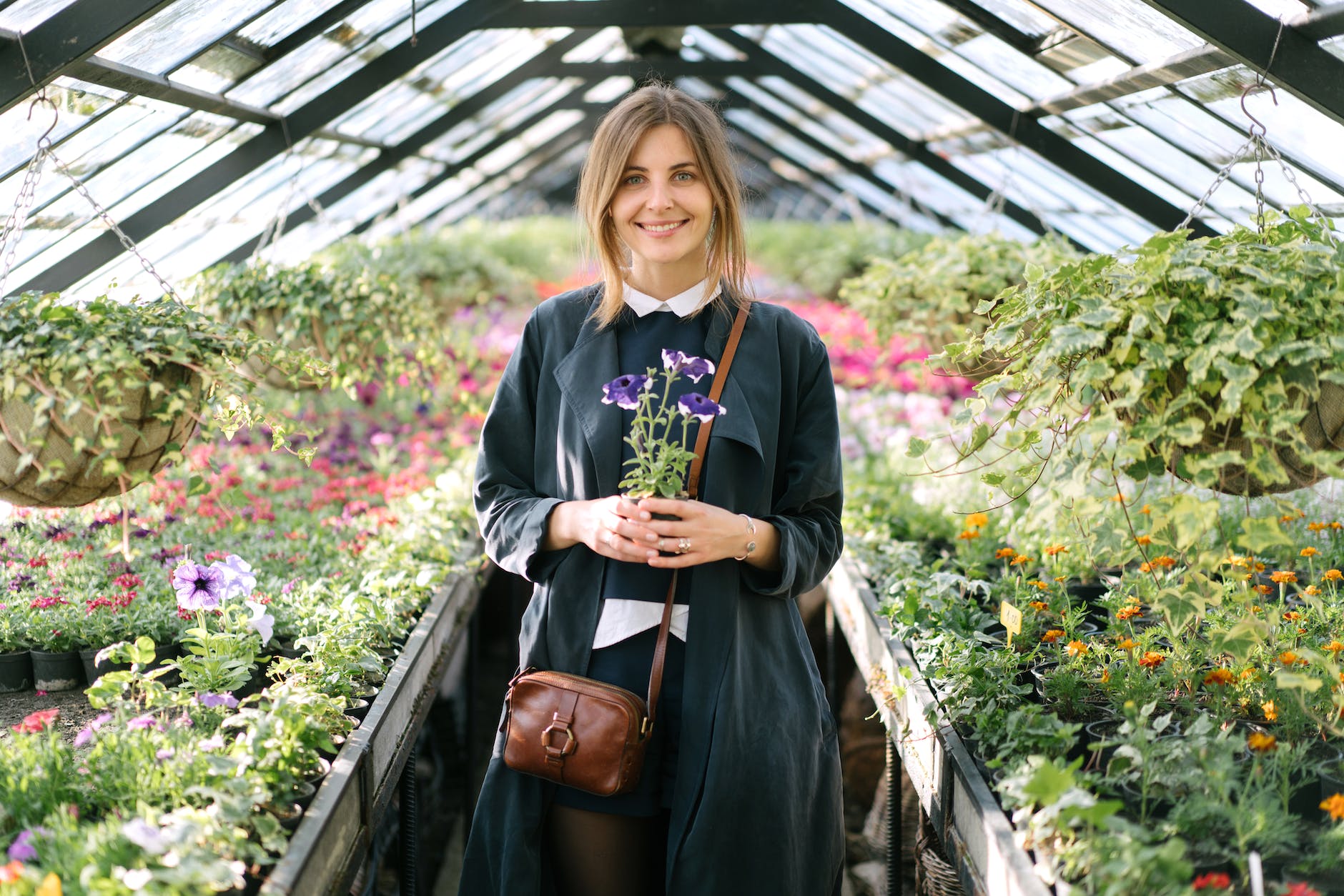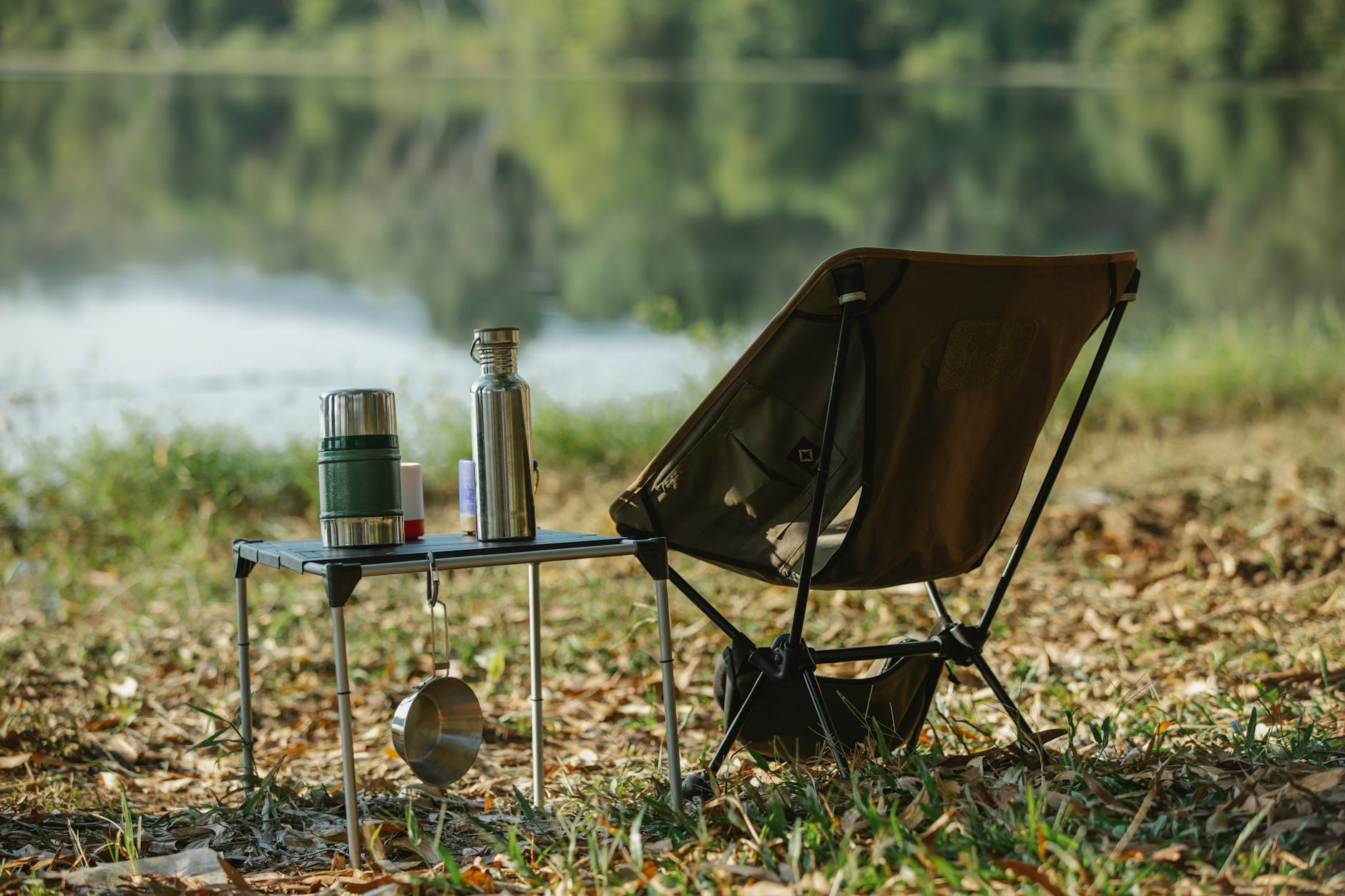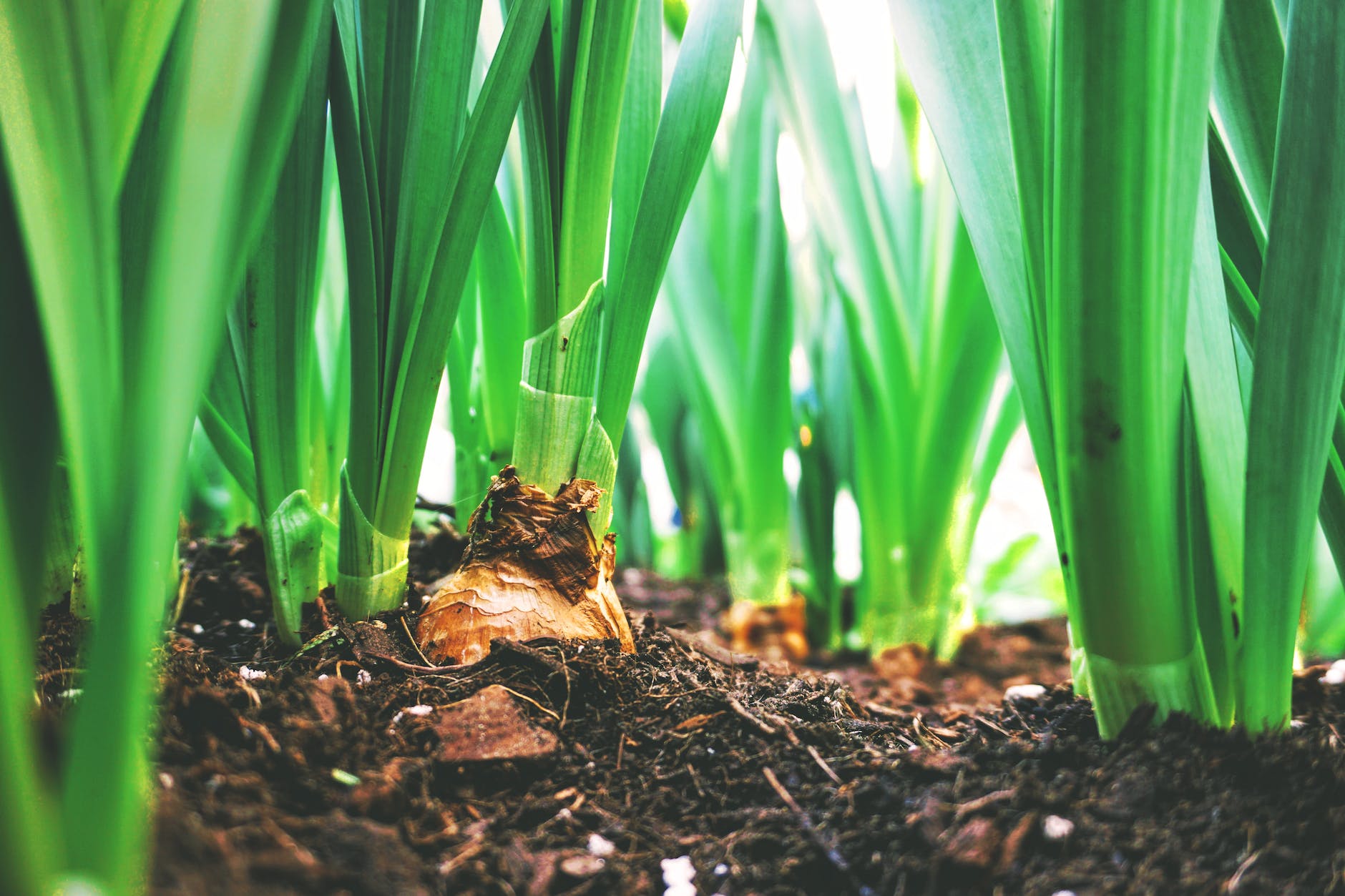As the cultivation and use of cannabis become legal in many parts of the world, more cultivators take advantage of the trend by growing the plant in an controlled environment. The indoor cultivation of cannabis provides several benefits, such as better control over the elements and optimal privacy. Use the tips and techniques discussed in this article to vitalize your green thumb indoors.
First and foremost, determine whether you prefer traditional soil cultivation or modern hydroponics. Traditional soil-based growth can be easier for beginners. A well-draining soil mix, enriched with organic matters, can provide the foundation for healthy plant growth. However, seasoned growers may prefer hydroponics, a soil-less growing medium using water enriched with nutrient solutions. While hydroponics provides faster growth rates and larger yields, it demands a more hands-on approach for managing pH and nutrient levels.
Lighting is a crucial factor in indoor cultivation. To replicate the energy of the sun indoors, invest in quality grow lights. There are various types to choose from, such as LED, HPS, or Compact Fluorescent Lights. Research on the best fit for your space and budget. Yet, regardless of the type, make sure to provide at least 18 hours of light during the vegetative stage and 12 hours during the flowering stage.
Cultivating cannabis indoors allows for firm control over the environment. Factors such as humidity, temperature, ventilation, and CO2 levels can be monitored and adjusted as needed. Remember, cannabis plants like relative humidity between 40 to 70% in the vegetative stage and between 20 to 40% in the flowering stage. The optimal temperature range, for both stages, lies between 20 to 30 degrees Celsius.
Pruning or trimming your cannabis plant supports its robust growth. Removing unnecessary or dead leaves and branches allows the plant to focus its energy on producing buds. Some techniques like ‘Lollipopping’, ‘Topping’, and ‘FIMming’ can significantly increase your yield.
In any gardening endeavor, feeding plants with the right nutrients is integral to their healthy growth. Just like humans, plants also need balanced meals. The three primary nutrients crucial for cannabis include Nitrogen (N), Phosphorous (P), and Potassium (K). Various commercial cannabis nutrients follow a two-part or three-part formula that provides the plants with a balanced diet throughout their lifecycle.
Despite your best efforts, pests and diseases can occasionally become an issue. Implement a strict regime for pests control. Common cannabis pests include spider mites, fungus gnats, and aphids. Use organic pesticides and maintain cleanliness to prevent infestations.
After months of tender care, harvesting time eventually arrives. Ensure your plants are ready to harvest by observing the color of the pistils and trichomes. Switch to flushing—feeding your plant water only—two weeks before harvest. This practice removes the harsh tasting nutrients from buds and boosts their natural flavors.
Finally, the careful process of drying and curing seals the success of your indoor cultivation journey. Slow drying and curing enhance the taste and potency of your product, thus taking time in this step is essential.
Growing cannabis indoors can be a fulfilling endeavor for both recreational users and medical patients alike. The critical point is to continually learn and remediate any issues promptly. Nature is a great teacher, and by observing your cannabis plants, you will become a better cultivator. Happy growing!
Sources:
– Royal Queen Seeds
– I Love Growing Marijuana
– Leafly
– Hydroponics
– Grow Weed Easy


